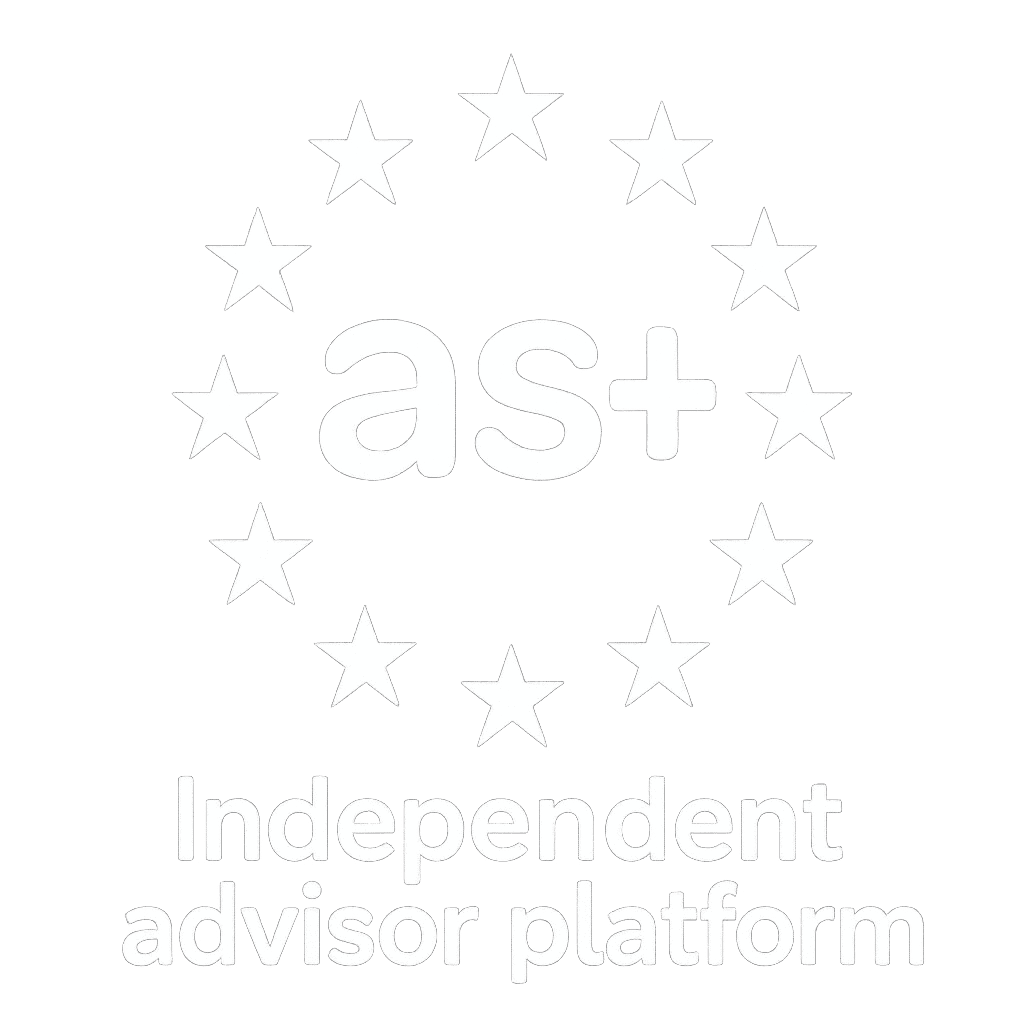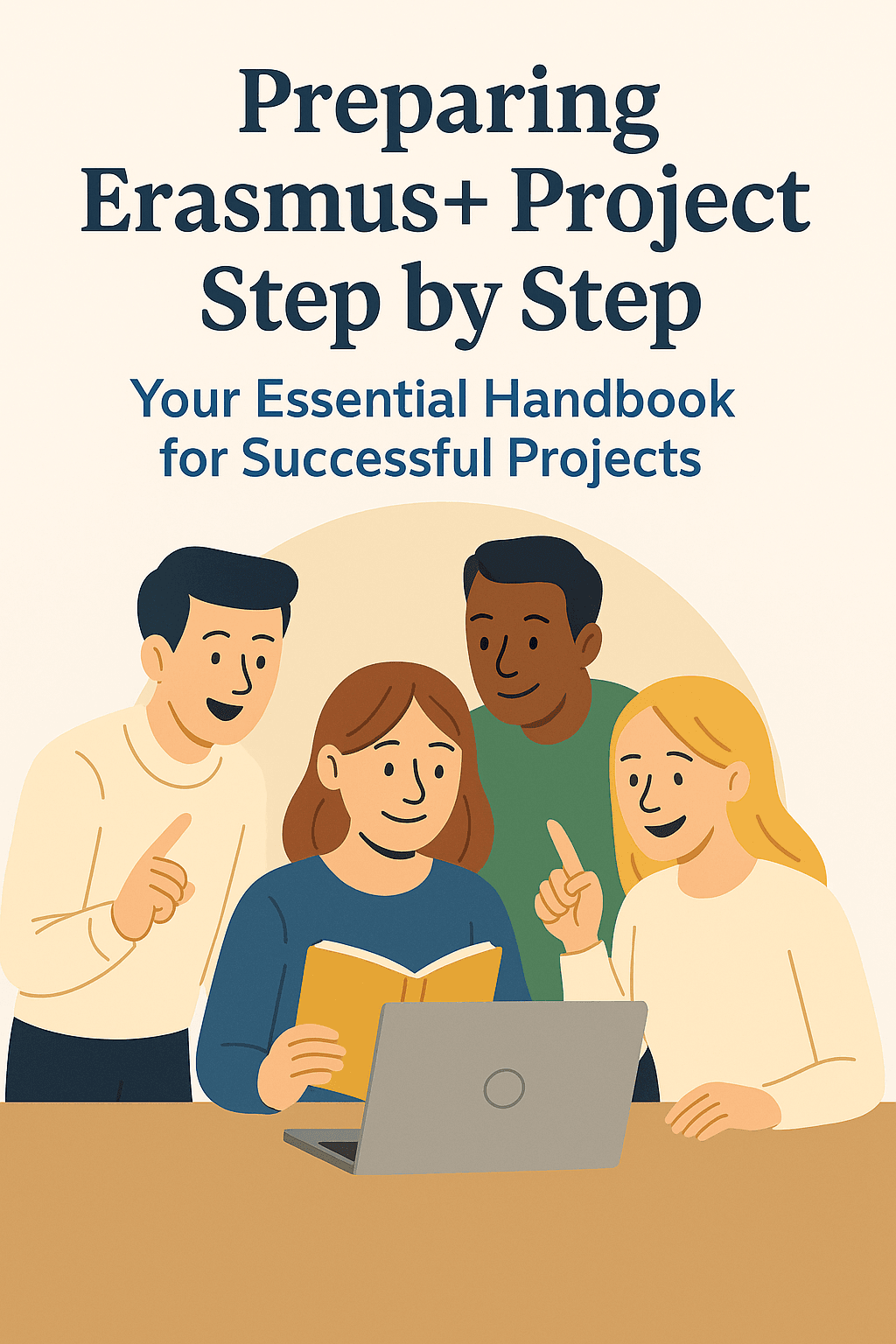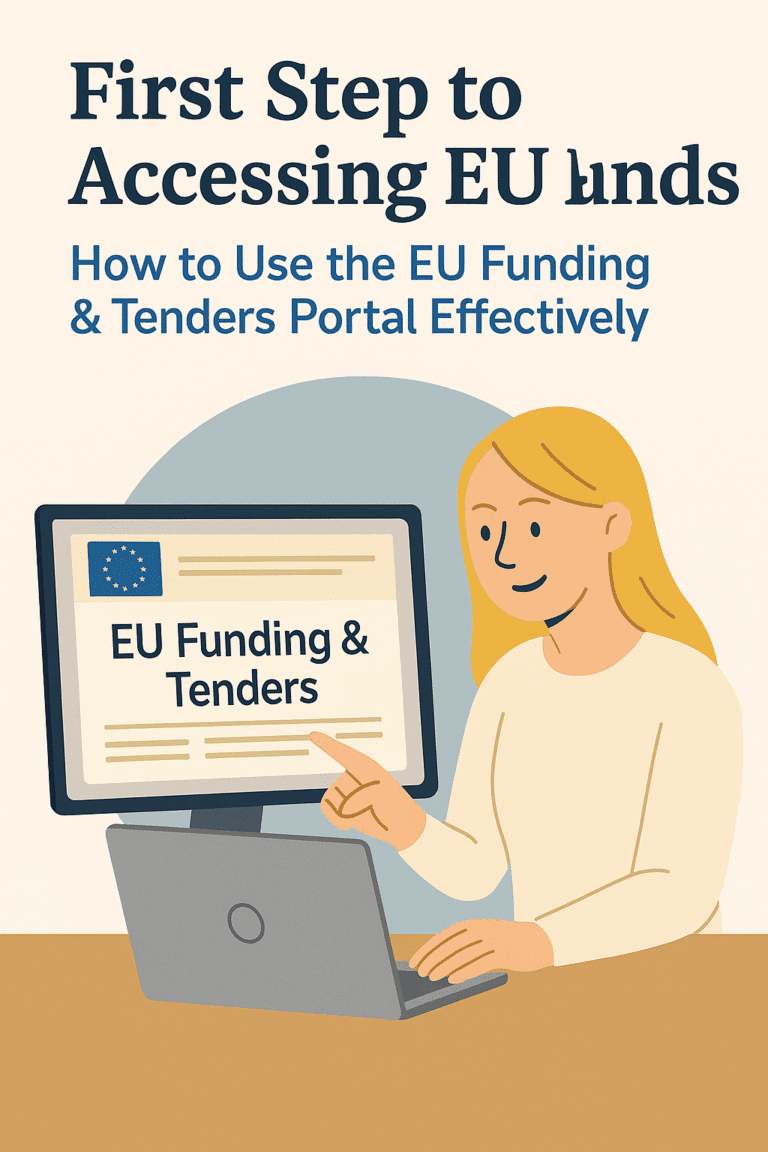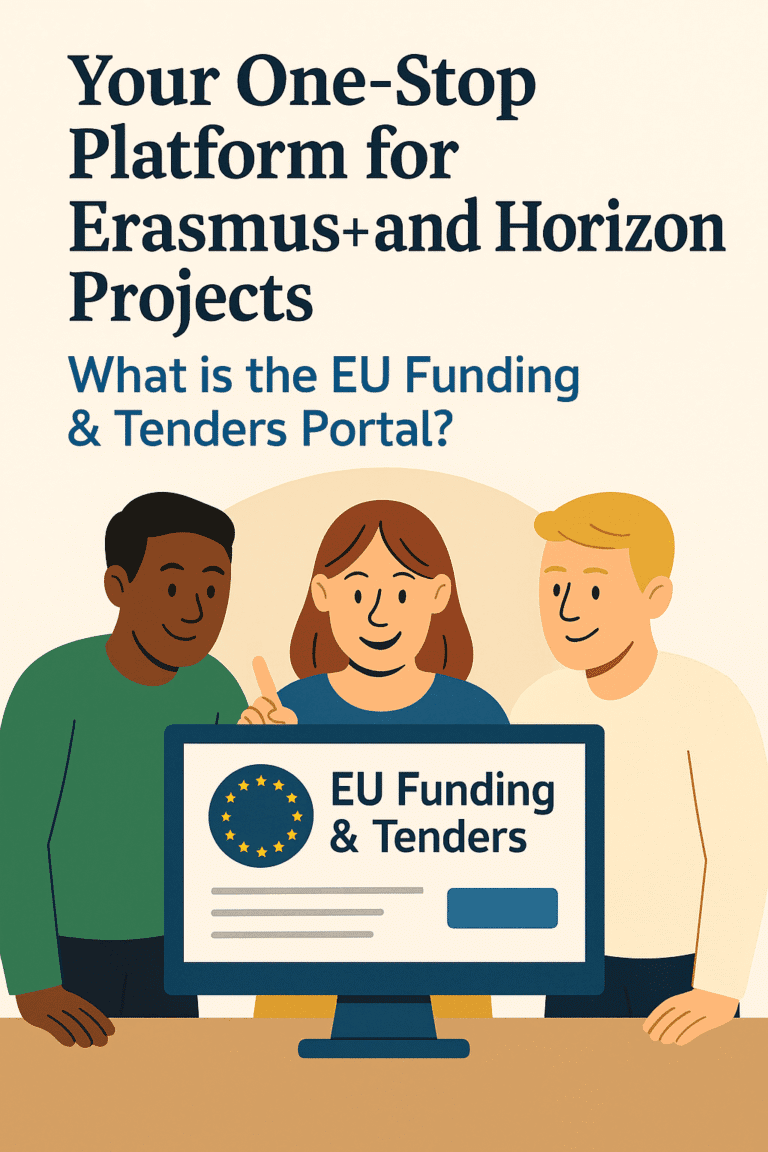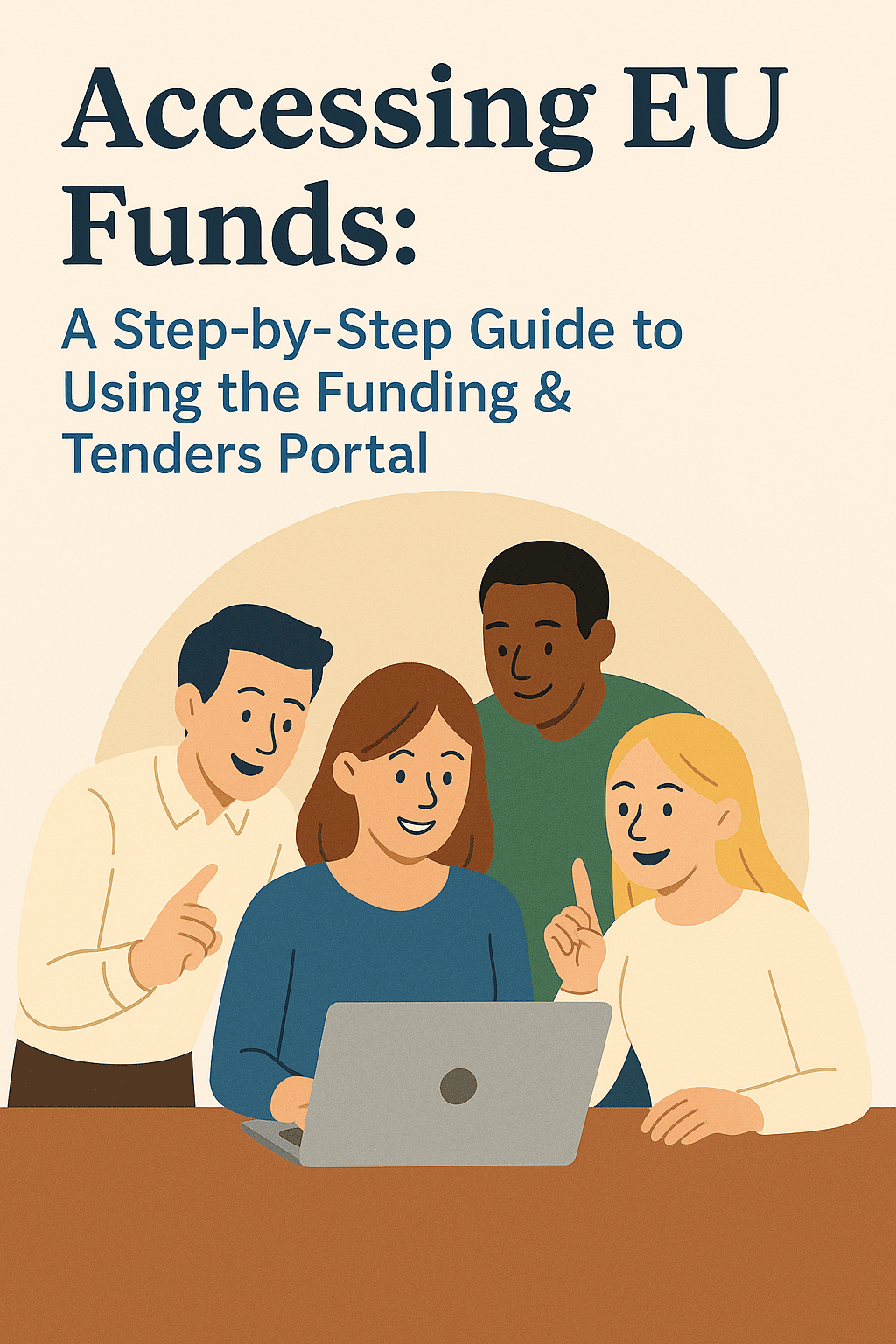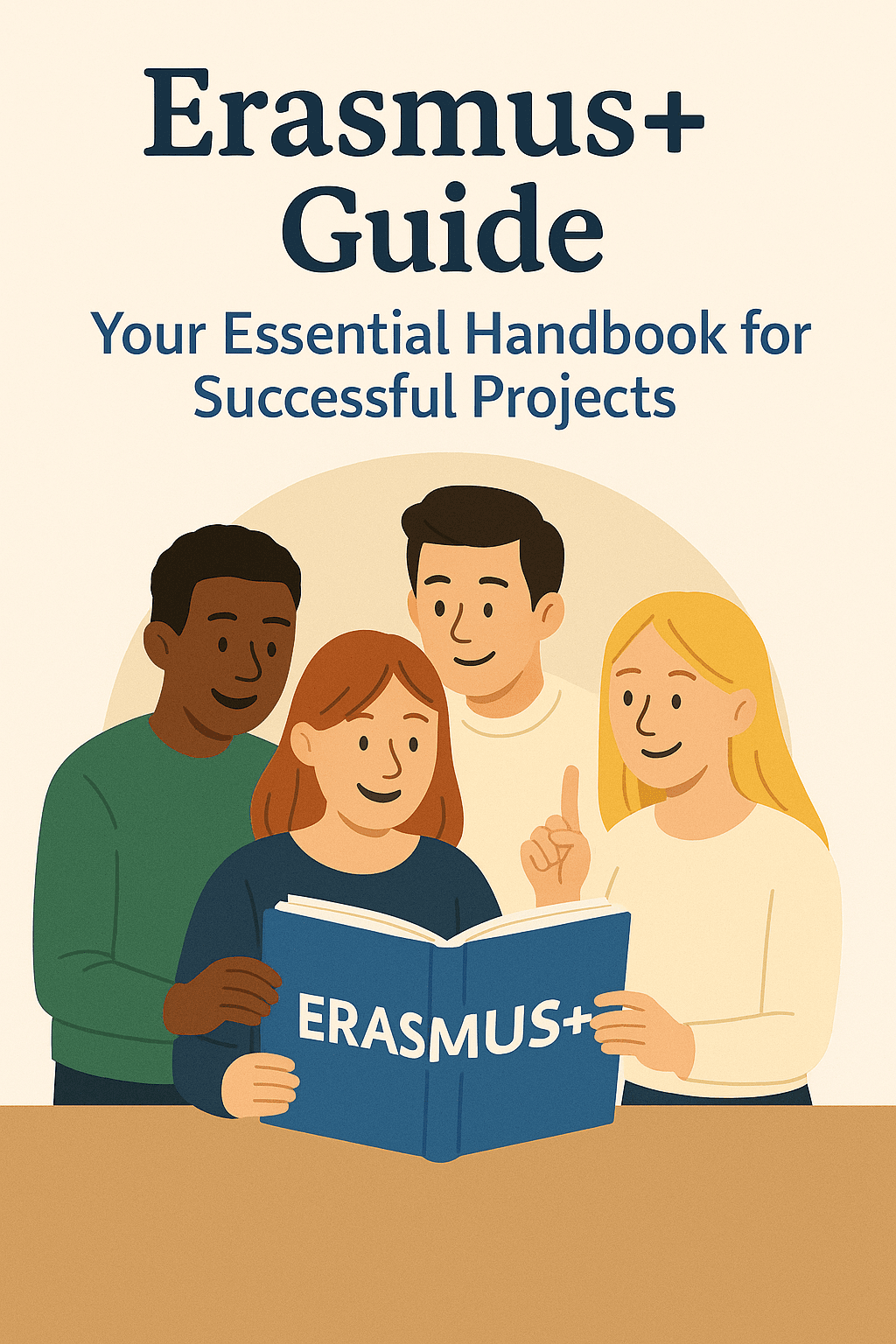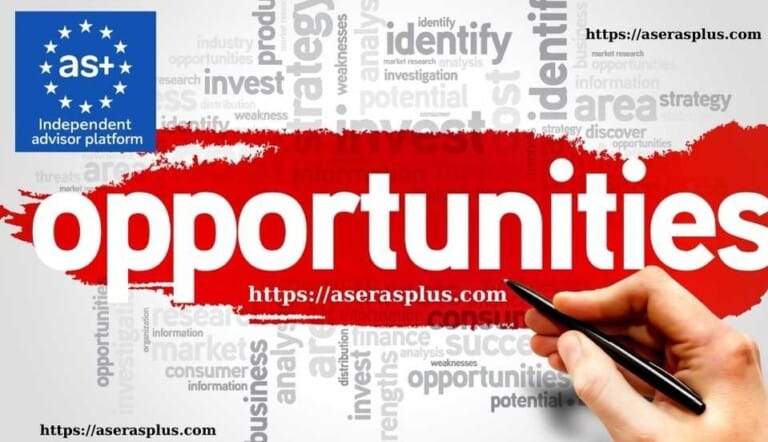Preparing Erasmus+ Project Step by Step
Preparing Erasmus+ Project Step by Step
Erasmus+ Cooperation Partnerships projects offer excellent opportunities to create lasting, impactful, and sustainable results in the fields of education, youth, and sports.
But let’s make this clear from the beginning: A good KA2 project doesn’t happen overnight. It is built step by step—with the right idea, the right partners, and solid planning.
I started this journey with a Comenius project I submitted to the Turkish National Agency in 2010. Since then, I have completed 25 projects. I have submitted nearly three times as many applications as those accepted. In this section, I’ll share with you all the knowledge and skills I’ve gained throughout this process. As you can imagine, preparing an Erasmus+ project is no easy task. Here, I’ll briefly share some guidance on project development. Once you become a member of my page, you will gain access to more detailed information on application forms and documentation.
This is my practical guide to preparing an Erasmus+ project, distilled from years of experience and grounded in reality:
Identifying The Project Idea:
- First, ask yourself: “What problem do I want to solve?”
You need to see the bigger picture from the start. Know what you want to achieve and be able to envision the result clearly. - Before trying to solve a problem, make sure you truly understand it.
Research the issue in depth—what’s been done so far, what you will do, and how it will be different. - Your project’s objective, target group, and desired impact should be clear.
You’re not going to change the world, but you must aim for realistic, meaningful change. - Are you aligned with Erasmus+ priorities?
Be honest with yourself. Don’t just copy-paste generic priorities—make sure your idea genuinely fits them.
Choosing Right Partners:
- In KA210 projects, you need at least two partner countries.
In KA220 projects, at least three partner countries (from program and dissemination countries) are required. - But remember: diversity in countries is not enough.
Expertise also matters. Try to build cross-sectoral cooperation. - Don’t accept just anyone who says “we’ll join.”
Choose partners who can truly contribute to the project. - Ensure transparent task sharing.
Who will do what? Who will be responsible for which output? Clarify it all at the beginning.
Designing The Project:
- Now, draw the big picture: What will happen in this project?
- Define the activities clearly:
Will there be workshops, development of educational materials, creation of online platforms? - Visualize the outputs:
At the end of the project, what tangible results will you have? - Prepare a timeline.
You can’t leave it open-ended. Remember: good planning is the foundation of a good project.
Budget Planning:
- Don’t just plan the budget to spend money—use it strategically.
- Think carefully about staff costs, travel, output development expenses, etc.
- Make sure you’re complying with Erasmus+ rules:
(unit costs, travel distances, etc.) - Share the budget breakdown with partners transparently.
Questions like “Who will spend how much on what?” should never remain unanswered.
Preparing and Submitting The Application:
- Open the application form on the Erasmus+ Portal.
(Yes, it might look intimidating at first—but be patient.) - While filling in the form, tell the story of your partnership.
Don’t write like you’re filling in a template. - Prepare your mandate letters and supporting documents.
Writing the project is only part of the process. - Be sure to read the Erasmus+ Programme Guide published each year.
You must adapt to the latest rules. - Avoid submitting on the last day!
Upload everything at least one day in advance. (Trust me—this is from experience!)
